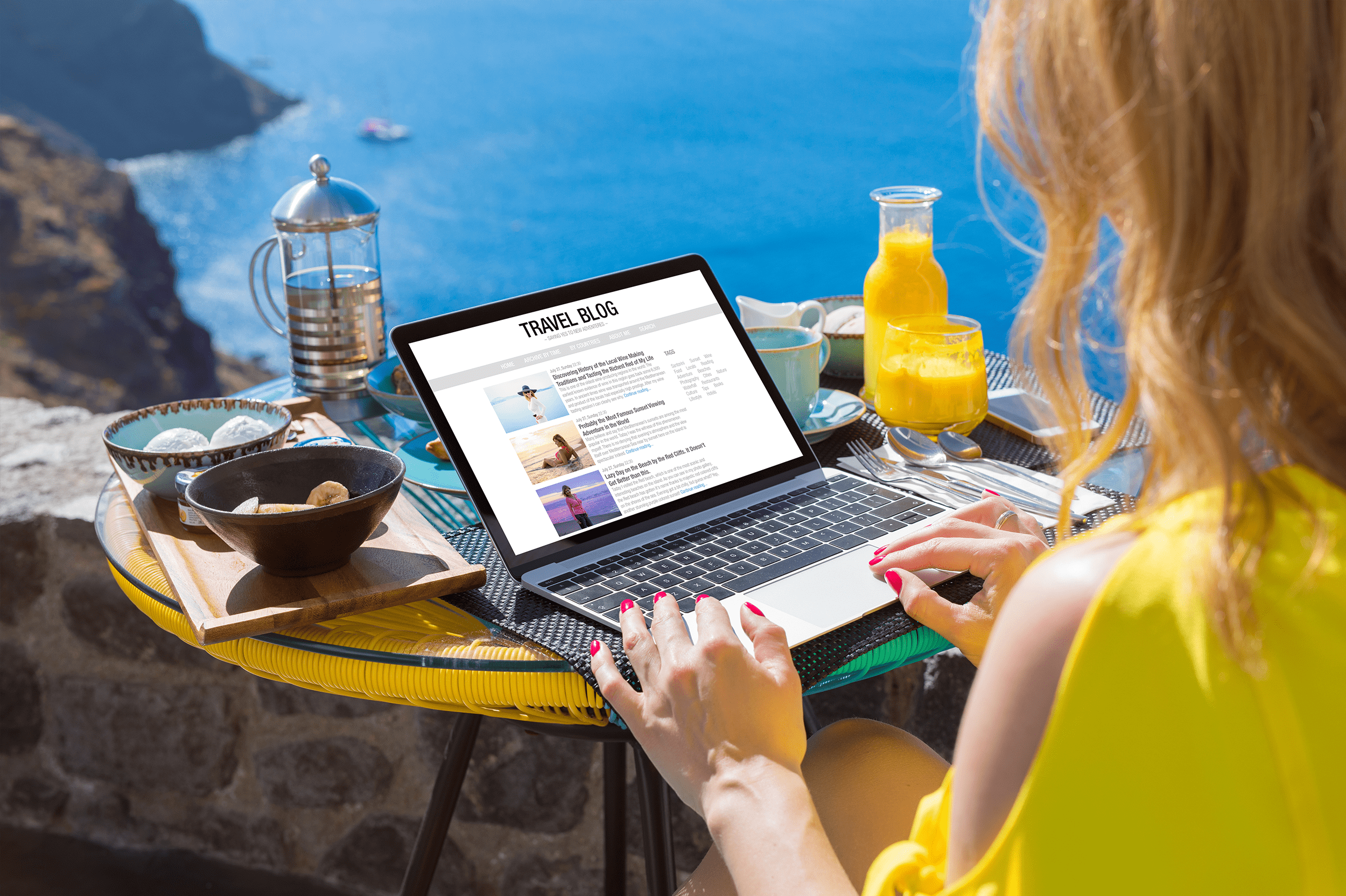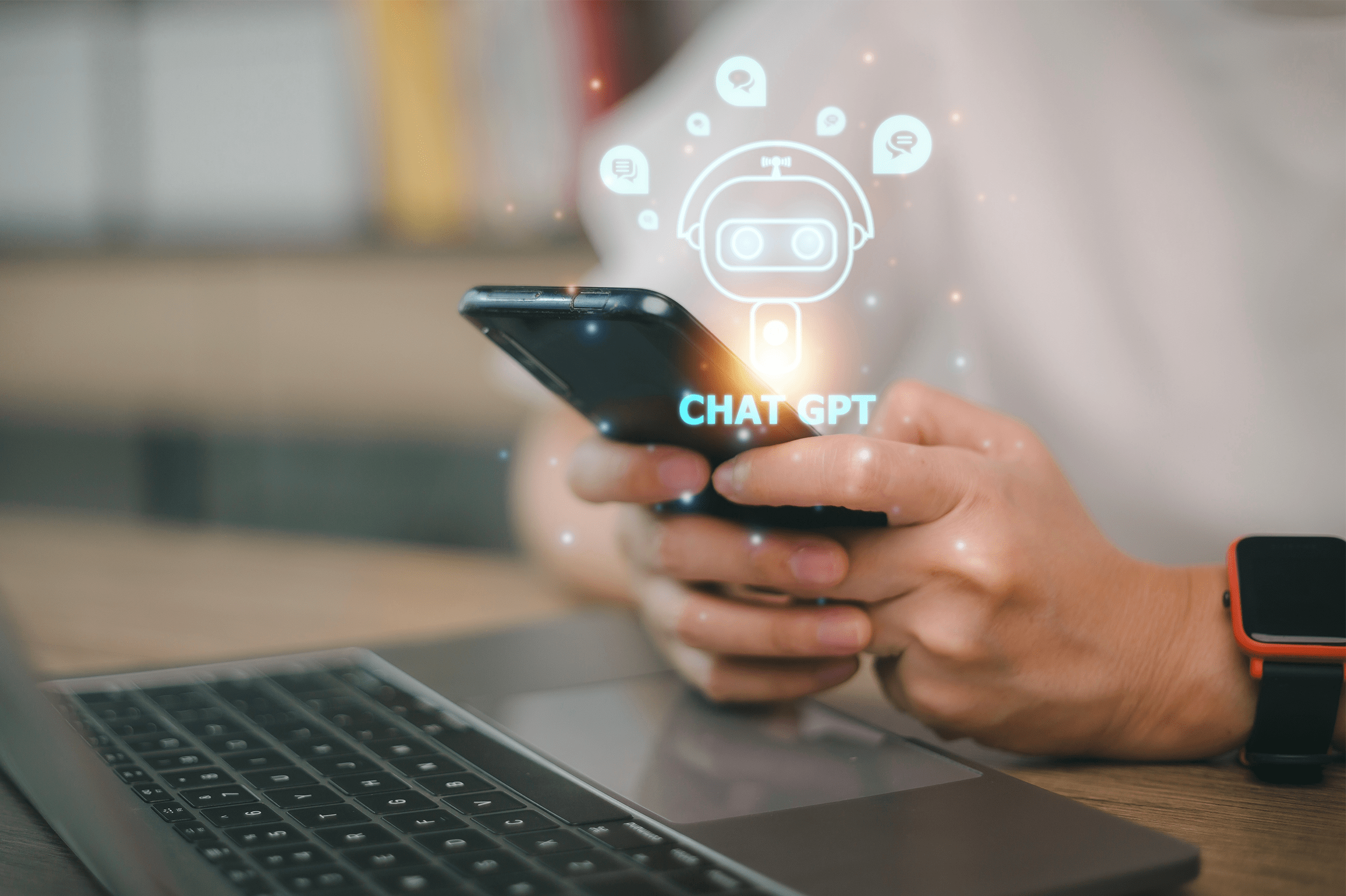ChatGPT is still a new technology, yet it’s already gaining widespread adoption for streamlining a variety of marketing tasks. To get the most out of ChatGPT, knowing how to use ChatGPT prompts for marketing is key.
In this article, we will cover:
- What are ChatGPT Prompts for Marketing?
- Can You Use ChatGPT for Marketing?
- How to Create Effective ChatGPT Prompts for Marketing
- Save More Time on Marketing Tasks
- Frequently Asked Questions
What are ChatGPT Prompts for Marketing?
ChatGPT prompts for marketing are the instructions you give to ChatGPT to elicit the information or response you’re looking for related to a marketing task or process. ChatGPT prompts for marketing may include:
- Questions
- A set of instructions
- A few sentences or a short phrase
- Background information followed by any of the above
In other words, a ChatGPT prompt for marketing is an instruction, command, or query designed to “prompt” the chatbot to provide certain information.
Can You Use ChatGPT for Marketing?
There are use cases for ChatGPT across many industries. It can even be used for programming. Marketing is a field that can leverage ChatGPT for many different tasks, such as:
- Writing marketing copy
- Creating topic clusters for SEO
- Coming up with frequently asked questions on a topic
- Writing answers to frequently asked questions
- Brainstorming content topics
- Brainstorming social media post ideas
- Writing social media content
- Generating snappy headlines for marketing content
- Writing email subject lines that entice readers to click
- Writing video scripts
- Developing marketing plan ideas
- Identifying common customer pain points
- Generating calls to action for landing pages, articles, or social media posts
- …and much more
You’ll get the best results from ChatGPT for these and other tasks by creating effective prompts and always fact-checking, editing, and adding the human element to any content you ask the chatbot to produce.
How to Create Effective ChatGPT Prompts for Marketing
If you want to create effective ChatGPT prompts for marketing — prompts that elicit relevant responses — follow these tips and best practices:
Provide Context
Provide as much information as possible without unnecessary details.
Context includes background information such as the reason for your request, location, time, industry, target audience, tone of voice, and other details to help the chatbot understand precisely what you’re looking for.
Write Clear, Concise Prompts
While it’s helpful to provide essential background information, your request may get lost in the mix in excessively long prompts.
Concise prompts that provide the necessary information, get to the point and make a clear request often produce the best results.
Give ChatGPT Parameters
If you’re looking for social media posts within the character limits of Instagram or another platform, always give ChatGPT the parameters. Otherwise, you might end up with a 500-word response instead of one that you can realistically use how you intended.
Likewise, if you’re asking ChatGPT to suggest some SEO titles and meta descriptions for a blog article you’re about to publish, tell the chatbot that its answers must be no more than 60 or 70 characters (for an SEO title) or 150 to 160 characters (for a meta description).
Give ChatGPT a Role
One strategy many ChatGPT users find helpful is to tell ChatGPT to play a certain role.
For example, you could tell ChatGPT that it is a social media marketing expert and then ask it to suggest some attention-grabbing post ideas (with the appropriate context, such as your industry or the general topic you want to focus on).
This tip is particularly useful for getting responses from a specific perspective (such as common pain points or frequently asked questions from the perspective of a target persona).
Provide Examples
Giving ChatGPT examples it can model its response helps to quickly get what you’re looking for. For instance, provide an example whitepaper and ask ChatGPT to create a whitepaper on a different topic but in the same style as your example.
Refine Your Requests
You may not get a response that suits your needs the first time, but you can ask follow-up questions or provide additional context or parameters and ask ChatGPT to rework its previous response to suit those requirements.
Talk to ChatGPT Like You’d Talk to a Coworker
ChatGPT is basically your personal marketing assistant, so you should talk to it the same way you’d talk to a human in that role.
Think about how you’d explain a problem or a task so that your human assistant would understand what you need. Give those same instructions to ChatGPT as a prompt. If you’re looking for expert information, ask your question the same way you’d pose it to a human expert.
Save More Time on Marketing Tasks
ChatGPT is a valuable tool that can help improve your efficiency for many marketing tasks and processes, but it’s not the only time-saving strategy for marketers.
Social media share buttons are an effective way to expand your reach without a significant time investment. They’re easy to install on your blog or website, and they make it easy for your readers to share your content with their social media connections to help you reach a larger audience.
Frequently Asked Questions
How do I prompt ChatGPT for marketing?
To prompt ChatGPT for marketing, think of the chatbot as a human assistant and ask questions or explain tasks in the same way you would a human. You’ll get better results by following best practices such as:
- Be clear and concise
- Avoid ambiguity
- Provide context and background information
- Provide examples for ChatGPT to follow
- Define parameters such as word count or character limits
- Give ChatGPT a role to elicit responses from a specific perspective
- Refine your requests by clarifying or providing more details or instructions
Should marketers use ChatGPT?
Marketers can use ChatGPT for many marketing-related tasks. It can be a valuable tool that saves marketers time and helps improve marketing campaigns.
Marketers should always keep ChatGPT’s limitations in mind and edit, fact-check, and add a human touch to any content ChatGPT creates.
What is the role of ChatGPT in marketing?
ChatGPT is like a personal marketing assistant. It can help you with a variety of tasks such as:
- Coming up with keyword ideas
- Topic clustering
- Coming up with frequently asked questions
- Brainstorming topics
- Creating social media posts
- Suggesting article titles and email subject lines
- Creating SEO titles and meta descriptions
- Summarizing market research
- Creating customer survey questions
- Writing product descriptions
How to use ChatGPT for social media marketing?
ChatGPT is a helpful tool for social media marketers. It can help with tasks including:
- Brainstorming topics for social media posts
- Writing copy for social media posts
- Refining existing copy to be more attention-grabbing or altering the tone
- Suggesting video topics
- Writing video scripts
- Suggesting catchy titles and descriptions for videos
- Generating ideas for social media polls
- Creating social media bios
- Creating social media posts from long-form copy to repurpose content
- Developing customer personas
- Creating calls to action for social media posts
- Identifying relevant hashtags
- …and more




